Figure of Speech DefinitionA figure of speech is an effective way to use words to produce a particular impact. The vocabulary we use every day contains several figures of speech, including metaphor, hyperbole, and metonymy. Others, such as contrast, ambiguity, and puns, require more writing exercises to use effectively. Definition of Figure of Speech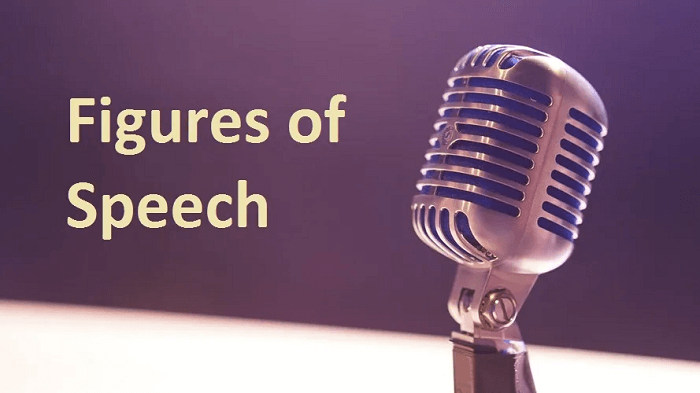
Using a term or phrase non-literal to make a concept is known as using a figure of speech. This effect could be rhetorical, such as when words are purposefully arranged to achieve a poetic effect, or imagery, such as when language is utilized to convey a visual image or enhance the vividness of a concept. Overall, because they make expressive use of words, figures of speech serve as literary techniques. Other than their specific meanings or usual contexts, words are used in various ways. A figure of speech is a simple way to draw attention and emphasize its use. Writing or speaking is intended to create comparisons and add excitement. It is a symbolic language that can be expressed with a single word or sentence. A simile, metaphor, or personification may be used to communicate meaning in addition to the specific significance. Typically, it is categorized into different types. A scheme is the typical arrangement or structure of sentences. We usually execute the four fundamental operations listed below to achieve the desired result.
Figures of speech come in a wide variety because their main objective is to use words to achieve a specific impact. It appears in books, songs, movies, talks, and other works of art. As a result, the significance of the figure of speech and its different types with examples will be covered in this piece of writing. The Figure of Speech: Its Importance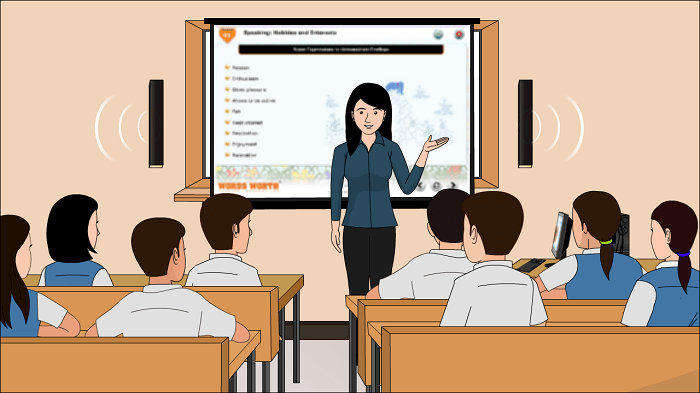
It elevates the writing's stylistic attractiveness. It deepens the meaning of the sentence and makes the viewer wonder. It breathes fresh energy into the writer's words. Using figurative language reveals the author's intention and motivation for using certain words. It enhances the writing's tone and significantly increases the reader's enjoyment. Figures of speech are split into the following five main categories
Types of Figures of Speech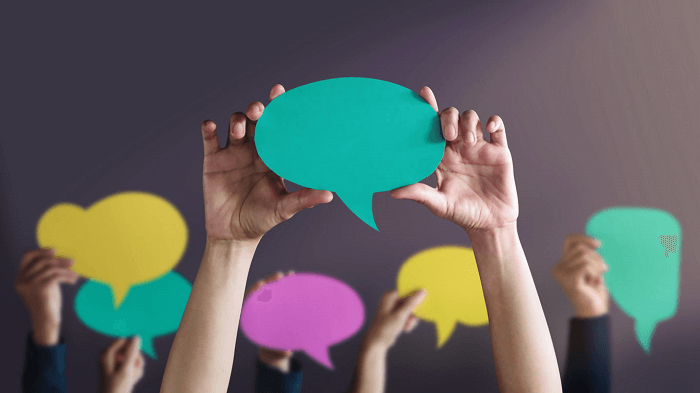
1. Understatement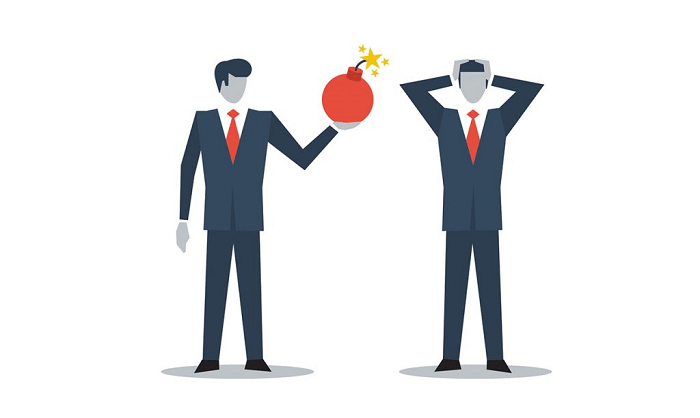
The deliberate downplaying of a circumstance is known as an understatement. It can give written work a funny or dark tone. A figure of speech known as understatement causes less emotional response than would be anticipated. The reader is taken aback by this downplaying of response, which typically has the effect of demonstrating humor. 2. Synecdoche
Using a minor element to represent a bigger one or the opposite is known as synecdoche. A synecdoche is a literary device in which a portion of something represents the entire object or vice versa. The term comes from the Greek word synekdoche, which means "simultaneous meaning." Synecdoche is a literary technique that provides for the rhetorical substitution of a minor part of something for a larger whole. Synecdoche can also be used reversely, where a more significant total represents a tiny part of something. Synecdoche enables writers to communicate a word or idea differently by using a component of that word or concept. 3. Simile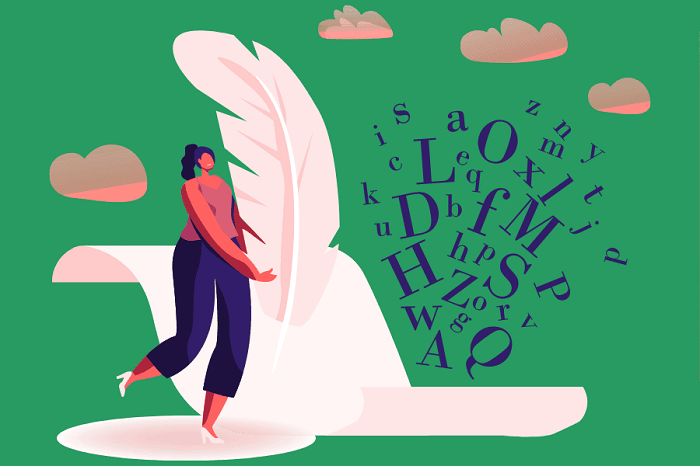
A simile uses "like" or "as" to describe two unrelated objects. Similes help readers comprehend a subject more clearly with the aid of like or as, language constructions that prove equivalency, a literary technique known as a simile is used to claim resemblance. It creates an explicit comparison between two objects that are sufficiently dissimilar from one another to make it seem unlikely that they could be compared to the function of an excellent simile. 4. Pun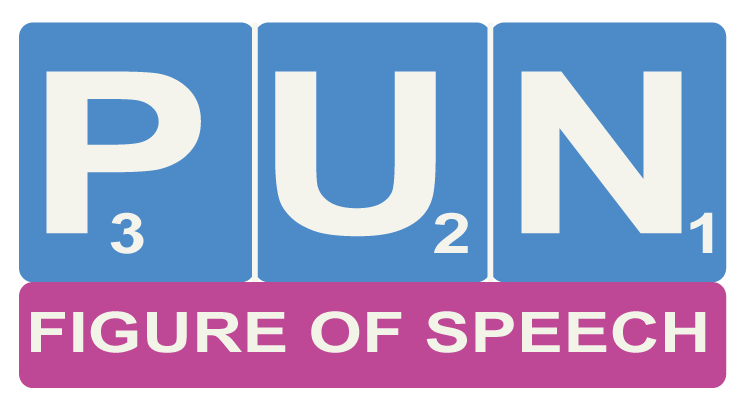
A pun is a type of wordplay in which terms that sound similar but have distinct meanings are purposefully alternative. In plays where a term has multiple meanings, puns are frequently used. It is employed to produce humor. Puns are created by humorously using words with various meanings or with the same sound but distinct meanings. 5. Personification
Personification describes non-living objects, abstract concepts, or characteristics as people or other living things. Personification is a figure of speech in which an object, concept, or expression is given human characteristics and emotions or is discussed as if it were a person. Personification is a frequent metaphorical technique in which non-human objects are given human traits. By giving them identifiable human behaviors and feelings, authors can provide ineffective objects, creatures, and even abstract concepts of life and motion. 6. Paradox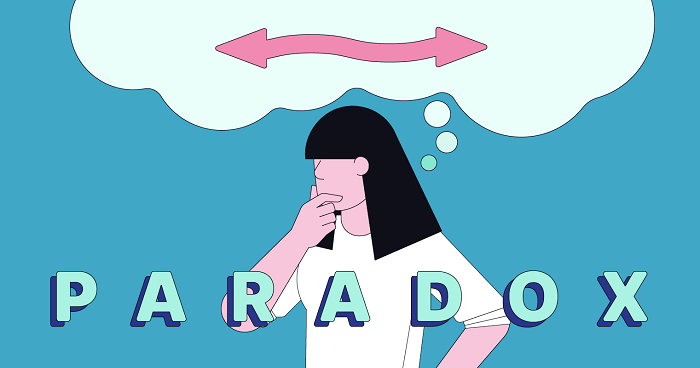
A paradox is a claim that opposes itself but has some logic, significance, or comedy. This writing technique is frequently used to attract a reader's interest in uncovering an underlying reasoning in a statement or phrase that appears to contradict itself. Because of this, contradiction enables readers to grasp ideas in the novel, even in unconventional ways. 7. Oxymoron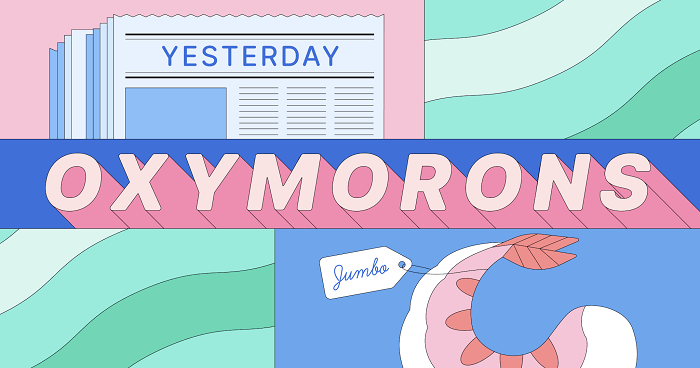
A figure of speech, an oxymoron, combines two opposing or conflicting terms. A contradiction in terms is another name for this grouping of fighting or contradictory words in the vocabulary. A writing technique known as an oxymoron can make a substantial impact, strengthen an idea, and even delight the reader. 8. Onomatopoeia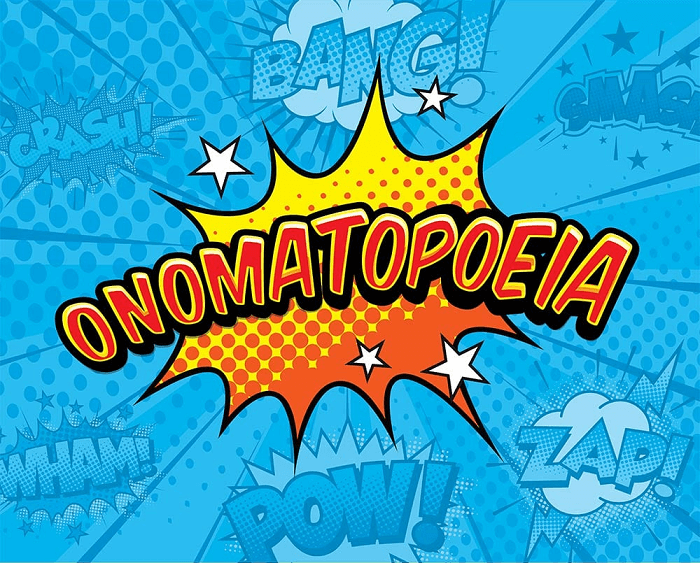
A word that sounds like the thing it depicts or alludes to is said to be onomatopoeic. The combination of letter sounds in the name imitates the actual sound of the item or action, like a hiccup. If the pronunciation of a word imitates the sound that the term is linked with, that word is said to be onomatopoetic. 9. Metonymy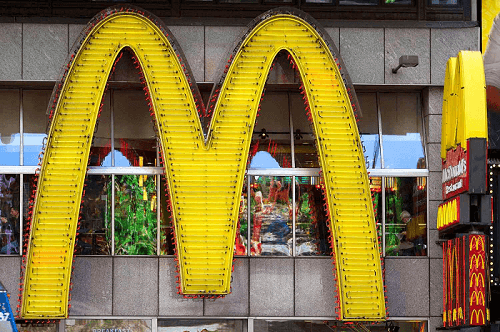
A metonymy is a figure of speech in which one thing or concept is used instead of another that it closely resembles. In actuality, metonymy refers to a "name change." It is a literary technique to substitute an item or concept with one similar rather than directly saying what is wanted. By using a term or idea closely linked to the one being expressed, writers can use metonymy to convey their ideas more effectively. As a result, this is a technique used by authors to change their expression and impact the reader. 10. Metaphor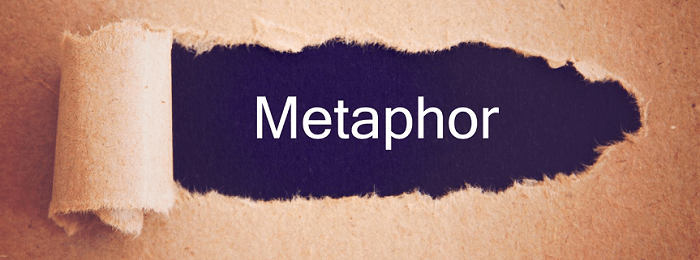
A metaphor is a symbolic language technique that compares two unrelated objects. It uses metaphor as a writing tool, and connections are made without explicitly using "like" or "as." Comparing two things makes it possible to claim that they are identical rather than just comparable. It is helpful in writing when expressing abstract facts with particular images or ideas. 11. Litotes
Using negative language or words to convey a positive claim or statement is a figure of speech known as litotes. The literary technique of litotes is widespread and is most frequently used in nonfiction, speaking, and rhetoric. The definition of litotes is symbolic and not actual. Instead, litotes is meant to be a type of understatement by using negative to convey the opposing meaning. It is cunning because it combines unfavorable words to give a positive idea or assertion. 12. Irony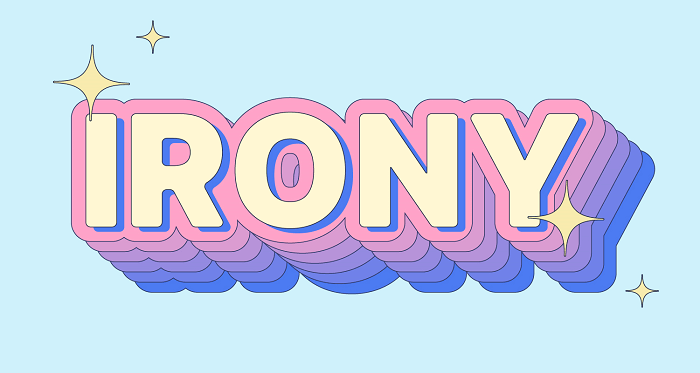
Contradictory words or circumstances can disclose a reality that differs from what first appears true, known as irony in literature. In writing, irony appears in a variety of ways. The reader's expectations and comprehension of the distinction between what "should" happen and what "actually" occurs in a literary work are critical components of irony's effectiveness as a literary technique. It can take the shape of an unexpected turn of events, an unexpected action or comment by a character, or take another form completely. 13. Hyperbole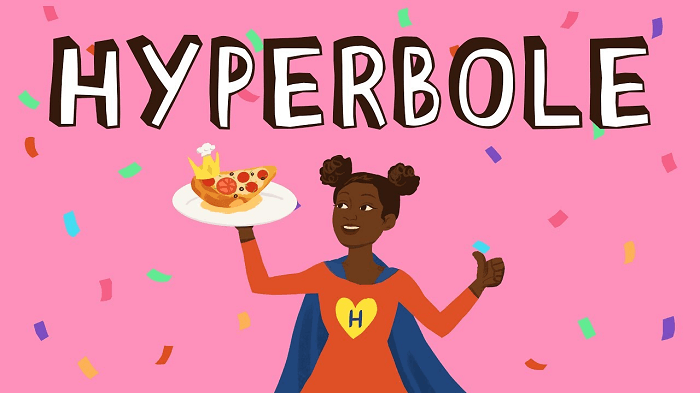
A literary technique and figure of speech called hyperbole intensifies an impact by intentionally exaggerating it. Hyperbole, which frequently adds emphasis without intending to be precisely accurate, is an overstated or exaggerated assertion or remark. Hyperbole is commonly used in speech and writing for serious, humorous, or ironic effects. 14. Euphemism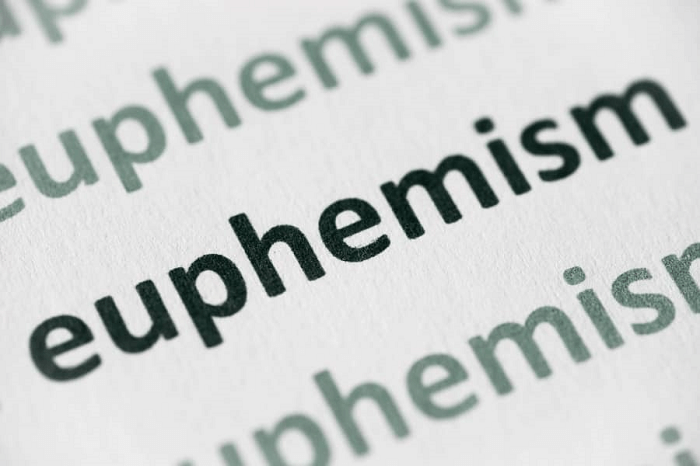
A familiar figure of speech called a euphemism is used to substitute words or phrases connected to ideas that might discomfort some people. Euphemisms are metaphorical expressions that are used to avoid using words that are perceived as harsh, rude, or disagreeable. This literary technique enables someone to state what they mean gently without using literal words. Some concepts, like mortality, sex, aging, losing your job, bodily processes, and others, are covered by euphemisms. 15. Epigram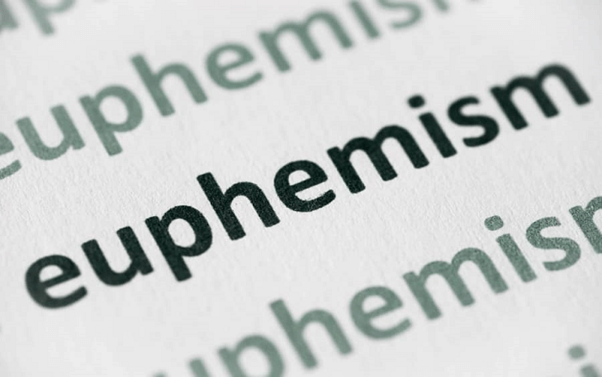
An epigram is a satirical remark that is recollected, intriguing, and startling. It derives from the Greek term epigramma, which means "inscription" or "to inscribe." Frequently, clever or humorous remarks are referred to as epigrams. 16. Circumlocution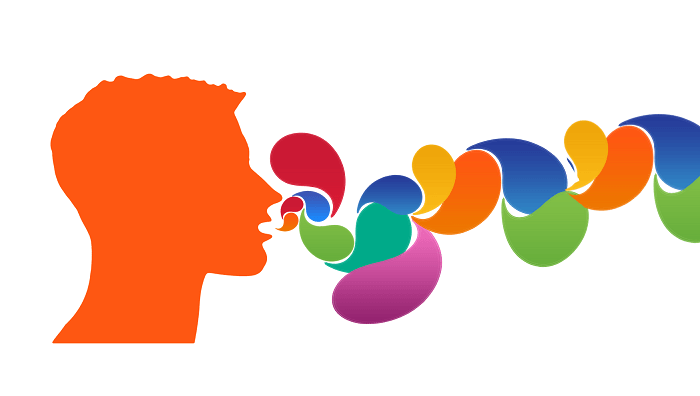
A rhetorical technique known as circumlocution is used to convey objects, ideas, or viewpoints in an unclear or contradictory manner. Using ambiguity implies a person is attempting to avoid being explicit about something and not saying anything explicitly. 17. Apostrophe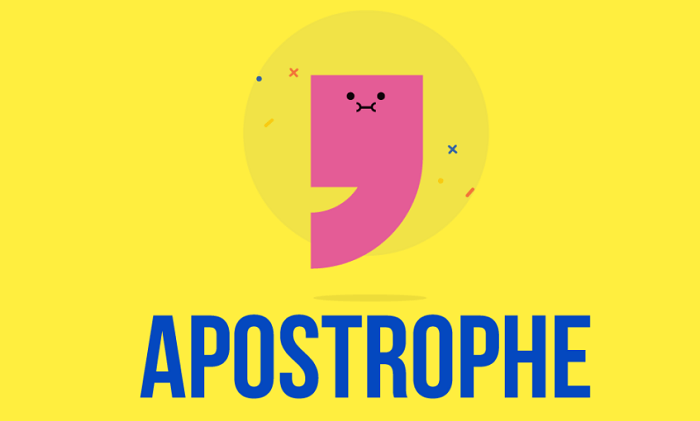
An apostrophe is a poetic expression or a speech used by a character as a literary technique that refers to a topic that isn't mentioned in work. The subject matter can be inanimate, deceased, gone or even an abstract concept. A literary apostrophe emphasizes the value of the addressed object by drawing the reader's or listener's attention to it. A character can also communicate their inner thoughts and emotions to something or someone unable to react by using the type of figure of speech, the apostrophe. 18. Antithesis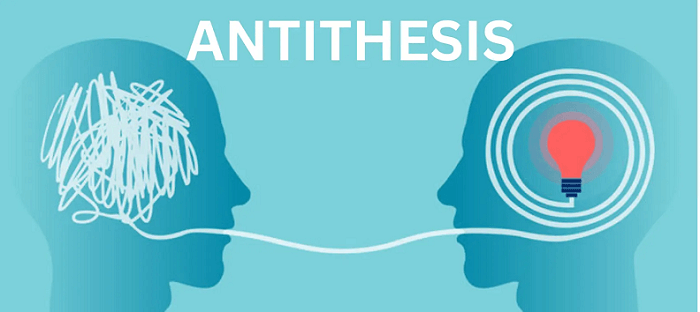
Combining two opposite components using a parallel grammatical arrangement is an antithesis in literature. The term antithesis, the extreme opposite, comes from the Greek for "setting opposite," which denotes when one object or person is the exact opposite of another. 19. Alliteration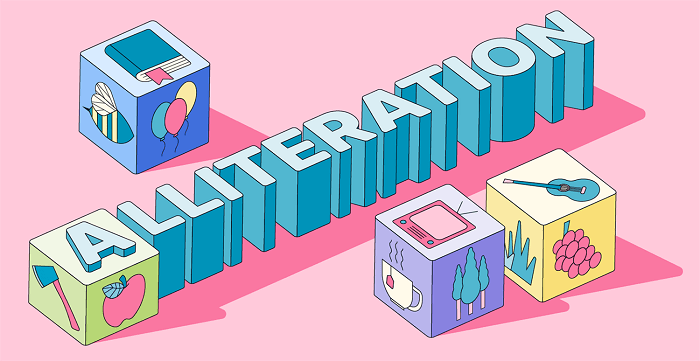
Alliteration is a writing technique that highlights the repetition of beginning consonant sounds in two or more adjacent phrases. Instead of referring to the repeat of consonant characters at the start of words, alliteration refers to the repetition of the consonant sound. Alliterative phrases should also run together quickly for alliteration to be effective. The literary technique is not intended if too many phrases aren't alliterative in between. 20. Pleonasm"Pleonasm" comes from a Greek word meaning "excess." It is a speaking strategy characterized by using a phrase of two or more syllables to convey a concept. ConclusionNumerous figures of speech that are employed as writing techniques can be found in works of literature. These literary techniques highlight the majesty and force of figurative language while giving the text a greater significance.
Next TopicFile Definition
|
 For Videos Join Our Youtube Channel: Join Now
For Videos Join Our Youtube Channel: Join Now
Feedback
- Send your Feedback to [email protected]
Help Others, Please Share










